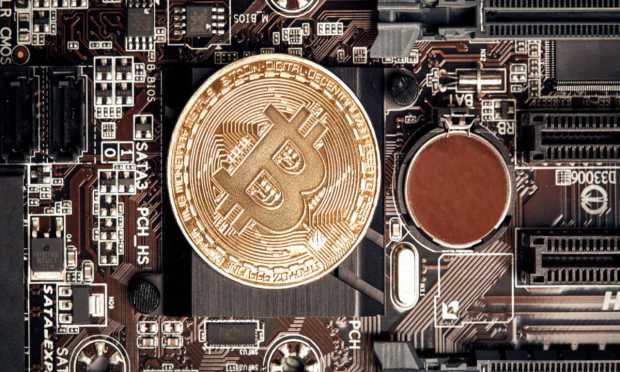Who Is Bitcoin Creator ‘Satoshi Nakamoto,’ and Why Does He Still Matter?

“Bitcoin,” “blockchain” and “cryptocurrency” are words that most people have at least heard of since the industry exploded into the mainstream public consciousness over the last year and a half.
Over the course of this series of articles, we’ll be delving into the basics of the industry, providing an introduction to crypto that will give you a solid grounding in the technology and its lexicon.
In short, it will be enough to understand what people are talking about and decide if you want to learn more.
Read more from PYMNTS’ Crypto Basics Series:
What’s a Blockchain and How Does It Work?
What’s a Crypto Wallet and How You Can Avoid Losing a Quarter Billion Dollars?
How to Lose Your Crypto Without Being Hacked
Is Bitcoin Really Anonymous and How Can Law Enforcement Track It?
What’s a Consensus Mechanism and Why Is It Destroying the Planet?
What Is Mining, and Why Doesn’t the Business of Bitcoin Work
What’s a Permissioned Blockchain and How Does Centralized Decentralization Work?
What’s a Satoshi? Bitcoin’s Million-Dollar ‘Penny’
What’s a Native Token, Non-Native Token and White-Label Crypto?
The real identity of bitcoin and blockchain creator Satoshi Nakamoto is a matter of perpetual curiosity in the crypto community. It’s also a $25 billion Sword of Damocles hanging over its head.
And bitcoin owners may be about to get a preview of what could happen if it drops.
On July 6, the Japanese trustee of the long-bankrupt Mt. Gox cryptocurrency exchange — which was hacked for 850,000 bitcoins (BTC) in 2014 — is about to start distributing the 141,686 BTC that were recovered to creditors, Bloomberg reported earlier this month.
Some of that has been sold for cash in a years-long process overseen by Japanese courts, so not all of it will be distributed. And, presumably, a fair number of the people who lost bitcoins in the theft will hold onto them. But it’s still going to be a big dump that could send prices down. How far down is debatable: bitcoin’s 24-hour trade volume on Tuesday (Aug. 2) was $28 billion.
Whoever the Bitcoin Whitepaper author behind Nakamoto is, it’s widely believed that he, she or they mined 1.1 million bitcoins in the project’s early days after the Genesis Block went live on Jan. 3, 2009. And they have never been touched since they were first mined.
See also: Blockchain Basics Series: What’s Bitcoin, and How Did It Get That Way?
Which leaves two possibilities: Whoever Nakamoto is no longer has the private key codes needed to send or sell them, or they choose not to for whatever reason. In the latter case, that could change anytime — for example if that giant cache of bitcoins is inherited.
Nakamoto’s isn’t the only crypto cache. In 2017, blockchain data firm Chainalysis estimated that between 2.8 million and 3.8 million bitcoins are lost — either the wallet or private key codes needed to transfer a bitcoin misplaced. A lot of that was mined well before bitcoin was worth very much. And roughly 30% to 40% of that is attributed to Nakamoto.
Price Dump
While it’s unlikely they’d be dumped on an exchange in one day, 1.1 million bitcoins at the August 2 price of a bit more than $23,000 is $25 billion, which could definitely put pressure on prices.
Besides that, it could have a much bigger short-term effect on investors, particularly those holding bitcoin futures or overcollateralized loans backed by bitcoin, as a drop in price could cause a lot of margin calls.
See more: Crypto Basics Series: How Does Decentralized Crypto Lending Work?
One reason bitcoin was considered an inflation hedge — digital gold — during its high-flying days in 2021 is that only 21 million can ever be mined, and about 19.1 million of them have been — the amount of coins mined with each block is halved every four years, so the last bitcoin won’t be mined util 2040.
Even with that, bitcoin is in very limited supply, and Nakamoto’s 1.1 million is more than 5% of it. Which is more than enough to distort the market — even without the psychological pressure of bitcoin’s creator getting out.
And seeing as every bitcoin can be tracked on the public blockchain — though owners’ identities are shielded — it would quickly be known that Satoshi Nakamoto is back.
For all PYMNTS crypto coverage, subscribe to the daily Crypto Newsletter.